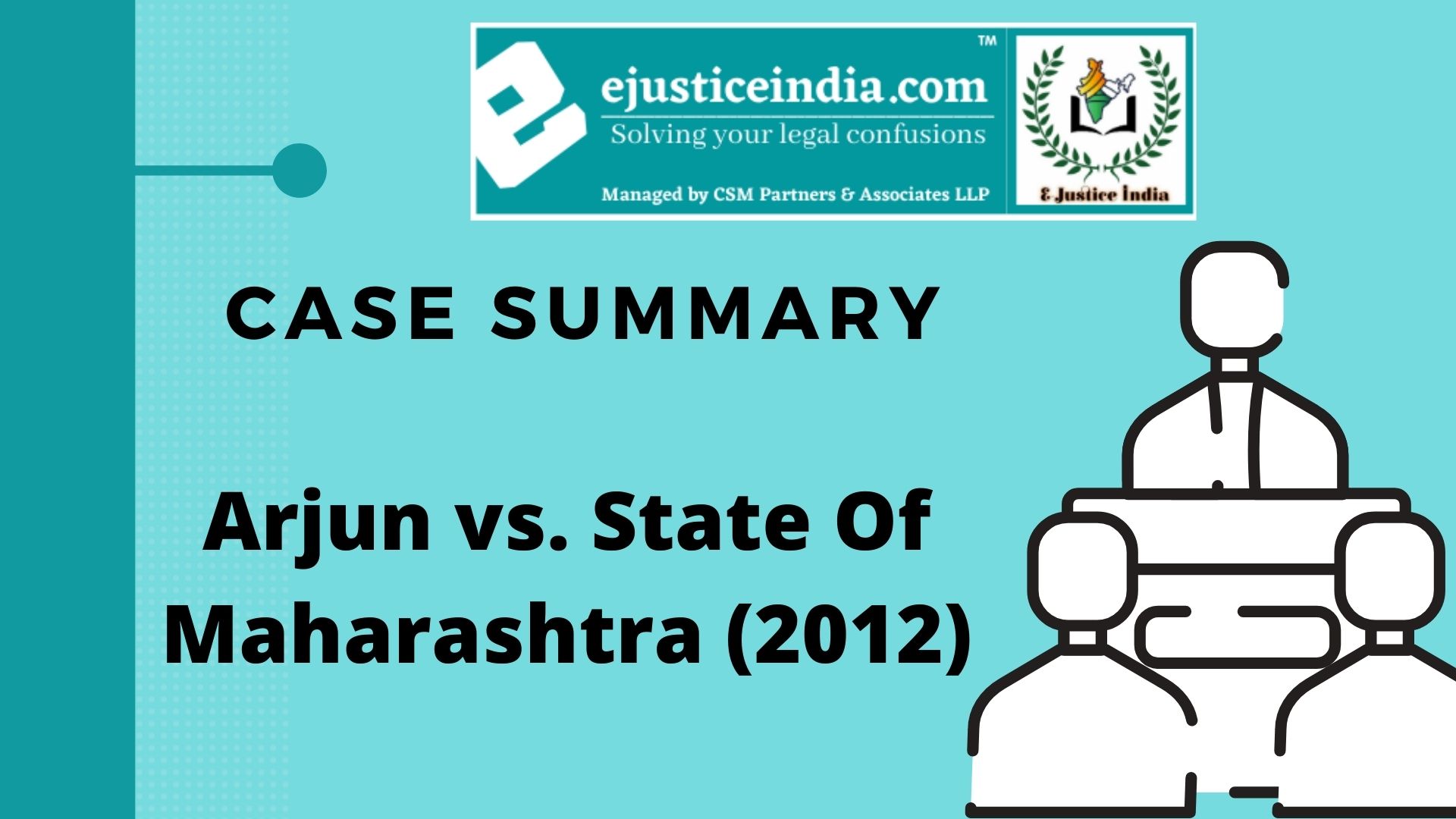Tara Singh vs The State, on 1st June,1951
Tara Singh vs The State
Author : Cherie Dharmani
Equivalent Citation -1951 AIR 441, 1951 SCR 729
Bench – Mr. Bose, Mr. Vivan.
Introduction
In the Present Case of Tara Singh vs The State, The report made by the police office to the magistrate, when it complies with Section 173 of the Criminal Procedure Code (hereafter referred as Cr.P.C.), the Magistrate can take cognizance of the case. On introducing the second challan by the officer, as per Section 190(1)(b) of the Cr.P.C., it will not vitiate or invalidate the first challan.
As per Section 340 of the Cr.P.C. the accused does not get a right to engage a lawyer, instead it is a privilege given to him, of which he should ask for. Section 342 of Cr.P.C. states that, on examining the accused if any important evidence is given, on which the conviction is to be based, the accused is to be given an opportunity if he desires to explain the same.
Section 342 of Cr.P.C. also states that reading out question and answers made in the committal court and asking the accused if it is correct is misleading and hence, the accused much be questioned separately over all material facts.Section 288 of Cr.P.C. stating “subject to the provisions” of Indian Evidence Act, states that the evidence given by the witnesses on the committal court cannot be used as substantive evidence in the sessions court, unless the witness is cross examined for the purpose of contradiction.
Facts of the case.
This was an appeal case, under Section 136 of the Constitution, wanting a retrial for Tara Singh (the appellant) who was convicted of murder by the Additional Sessions judge of Amritsar and sentenced death. On further appeal the High court upheld the the conviction and confirmed the sentence and hence, this was a further appeal.
The case of the prosecution states that Milkha Singh(The uncle who died on the spot) and Hakam singh(the father who died on 7th October, 1949), were murdered on Friday morning, 30th September,1949.The incident was reported by Narindar Singh (Appellants brother) to a police station 7 miles afar, at 8:45 a.m. As per the prosecution, there were three eyewitness being Narindar Singh, Bibi Santi (his mother) and Bibi Jito(his sister,14). The appellant is also said to have made confession to Ujagar Singh, Fauja Singh and Gurbalsha Singh.
Issue and facts.
The appellant was produced before the Magistrate on 3rd October with what police called to be an ‘incomplete challan’ dated 2nd October and produced certain prosecution witnesses (Section 193(1) read with Section 173(1) of the Cr.P.C.). The retrial is to help clear whether these witnesses were mentioned in the challan?
The first challan, submitted on the 5th October, the police stated as a ‘complete challan’ but on the 19th October they put a supplementary challan, the trial by magistrate took place on 12th November,1949, but the magistrate has no power to take cognizance of the case, was the first argument, on the 3rd October (Section 190 of the Cr.P.C.) and hence, the depositions of the three eye witnesses recorded cannot be received in evidence and this breaks the entire case against the appellant.But, as per Section 173(1)(a) sending a second challan does not vitiate the first one and what the police called ‘incomplete challan’ because of non mentioning of merely formal witnesses, there was no force in the argument and hence, there was proper cognizance taken.
Section 340(1) of the Cr.P.C. states it is a ‘privilege’ of the accused to ask for a counsel which the prosecution says he did not ask for. The counsel is usually suggested by the family or even his relatives, but keeping in mind the case, that the family was the eye witness, the accused had no one to suggest a counsel.
The examination by the committal magistrate under Section 209 and 342 of the Cr.P.C. was not held correctly and the questions could have been more different and concerned about the case rather than a cross examination.Section 287 also says that the examination shall be tendered as an evidence and hence, should have been more in dept.
Section 342 of the Cr.P.C. states that the answers given by the accused are to be used as evidence and because they were not, it has caused a grave defect in the judgement by the sessions court.
The High Court based it’s decision on material which the appellant was not given a chance to explain, on circumstantial evidence such as the kirpan with blood on it, the accused was not given a chance to explain where did the blood come from, and on Narindar’s evidence in the committal court that is corroborated by the FIR, also for which the accused was not asked to give an explanation. It also relied on the evidences of the three eye-witnesses without cross questioning the accused about the same, and hence, the High Court had fallen into the same error.
Also, there was no confrontation of the three eye witnesses whose dispositions before the Committing Magistrate were brought and recorded under Section 288 with their former statements that is required by the Indian Evidence Act, Section 145.
Judgement.
On consideration of the arguments that were presented in the court, to decide as to whether the case should go for a retrial de-novo or from the stage at which the irregularity occurred or refusal of a retrial altogether and acquittal of the accused, it was decided that the case should be retired de-novo on the Sessions Court, either by the same Session judges or someone new.
The conviction and the sentence of death were set aside and the case was sent back to the Hight Court with a direction of retrial of the case, de-novo from the Sessions Court.


